Featured News
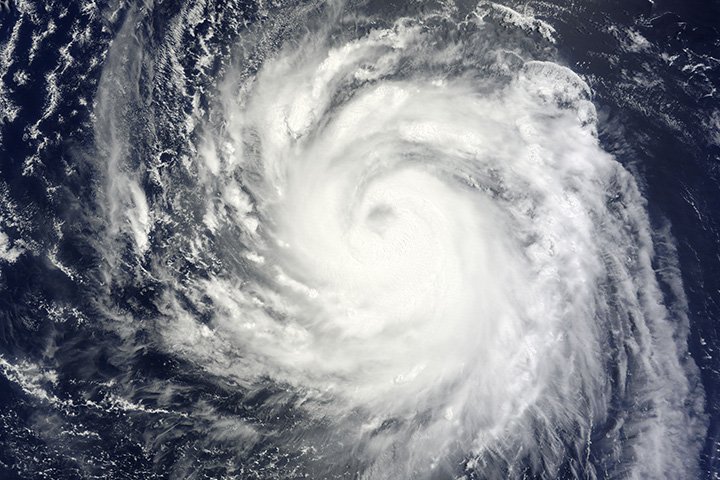
November 2020
Ancient storms could help predict shifts in tropical cyclone hotspots
Nature Geoscience
To get a better sense of how climate change might alter the patterns of major ocean storms, shifting the parameters of tropical cyclone hotspots, scientists reconstructed 3,000-years of storm history in the Marshall Islands.
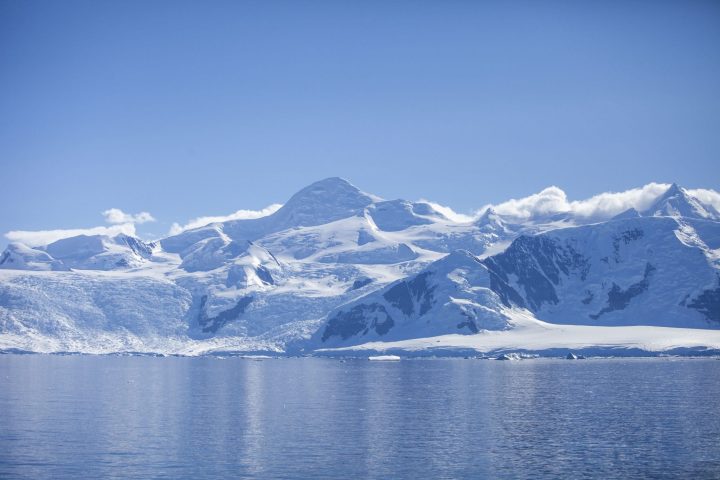
September 2020
Accelerating Antarctic Ice Sheet Loss to impact future climate change
Science Advances
A team of climate scientists led by Alan Condron report in Science Advances that future Antarctic ice-sheet melt will have significant impacts on global climate. Accelerated ice loss from West Antarctic is found to reduce projected anthropogenic warming by 2-3 degrees Celsius.
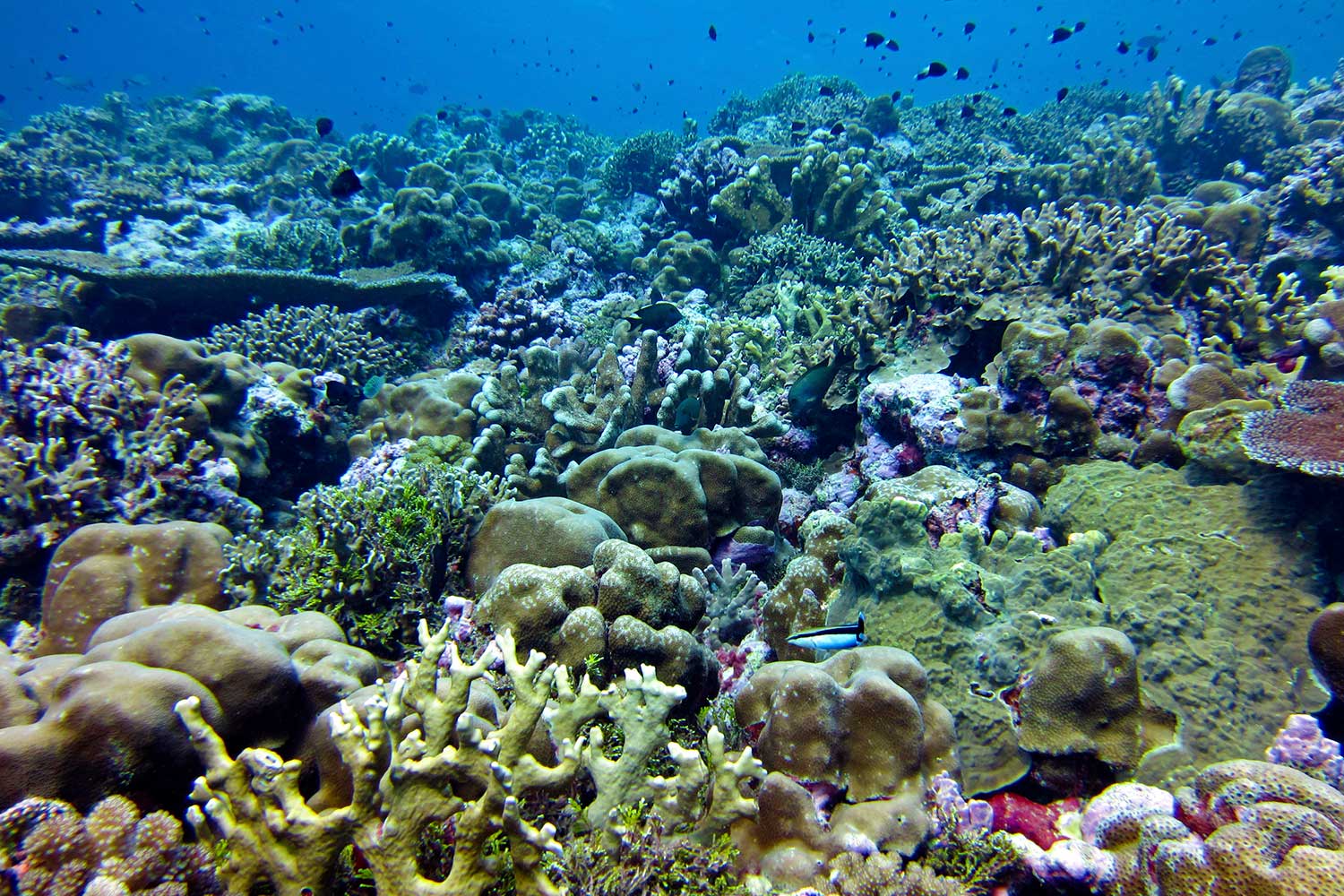
August 2020
Ocean Acidification Has Impacted Coral Growth on the Great Barrier Reef
Geophysical Research Letters
New research from the Woods Hole Oceanographic Institution (WHOI) reveals the distinct impact that ocean acidification is having on coral growth on some of the world’s iconic reefs.
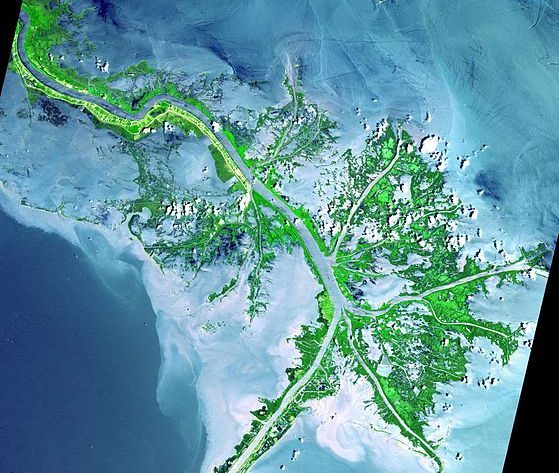
May 2020
Geophysical Research Letters
Our findings imply that projected increases in temperature and warm‐season precipitation could enhance both drought and flood hazards in this economically vital region.
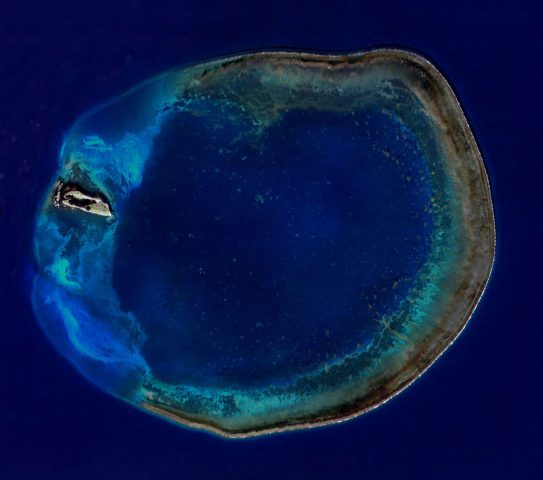
April 2020
Fate of Internal Waves on a Shallow Shelf
JGR Oceans
Analysis shows that the fate of internal waves on this shelf is mediated by local water column density structure and background currents set by the previous shoaling internal waves, highlighting the importance of wave‐wave interactions in nearshore internal wave dynamics.
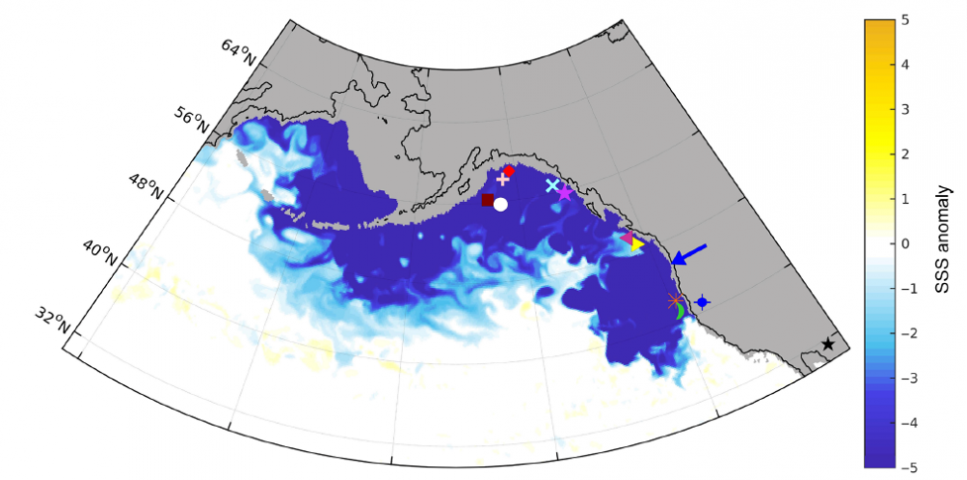
February 2020
Study reveals Missoula Floods impact on past abrupt climate changes
Science Advances
Summer Praetorius (USGS) and Alan Condron, along with colleagues at OSU, show for the first time how massive flood events in the eastern North Pacific Ocean—known as the Missoula Floods—may have in part triggered abrupt climate change during the last deglaciation (~19,000–11,700 years ago). The findings, published in Science Advances, are contrary to the long held belief that cooling was primarily driven by changes in North Atlantic circulation.

January 2020
Geology
In a study published in Geology, Alan Condron and colleagues from UMass Amherst propose a new mechanism for the influx of freshwater into the ocean that was long believed to have altered currents like the Gulf Stream, which brings heat from the equator to North America and Europe.
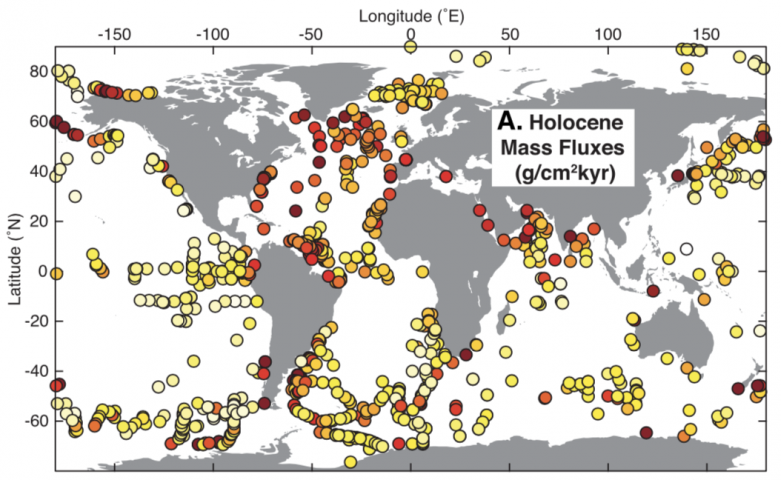
January 2020
Paleoceanography and Paleoclimatology
We synthesized over 1000 sedimentary records of 230Th and assessed its utility as a mass flux proxy in marine records. While there may be some caution on hydrothermal ridges and along high flux boundaries, 230Th normalization is a robust tool for determining sediment mass accumulation rates in the majority of pelagic marine settings (>1,000 m water depth).
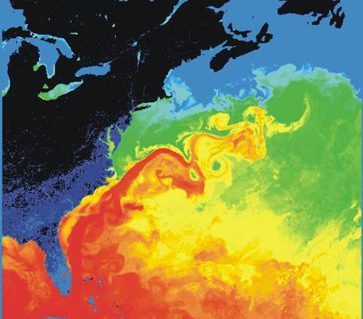
January 2020
Deep Sea Research Part I: Oceanographic Research Papers
In this paper a regional ocean circulation model with ‘eddy-permitting’ resolution (1/4∘) that incorporates 230Th and 231Pa is used in an effort to reproduce the observed distributions of 230Th and 231Pa in the western North Atlantic.
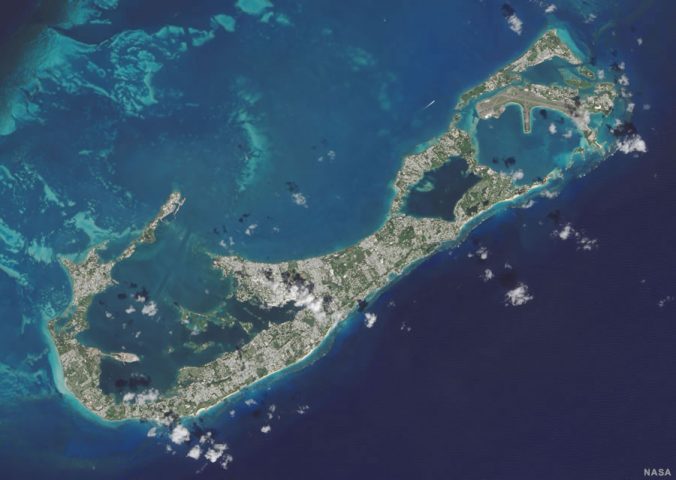
December 2019
Uptake of groundwater nitrogen by a near-shore coral reef community on Bermuda
Coral Reefs
This study investigates the impact of submarine groundwater discharge on a near-shore reef in Bermuda, where over 60% of sewage generated by the island’s 64,000 residents enters the groundwater through untreated cesspits.